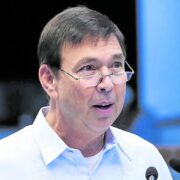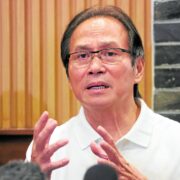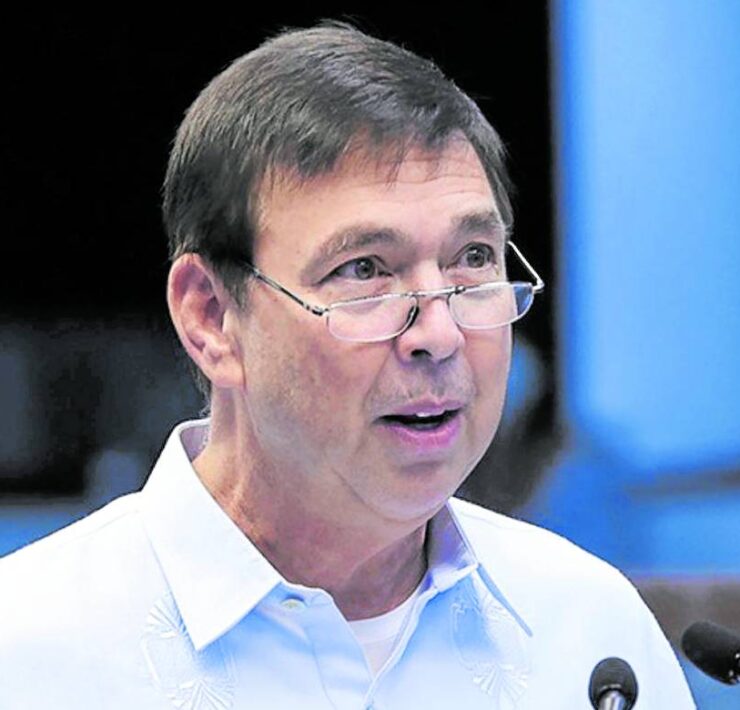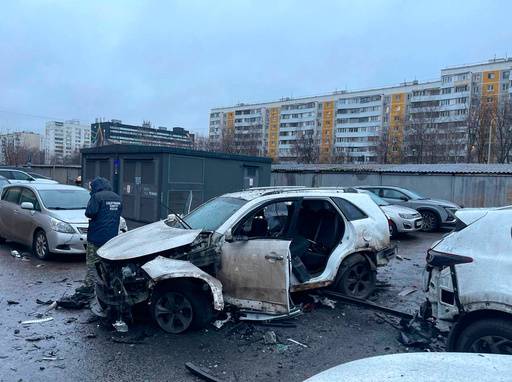US faces uncertainty as shutdown begins
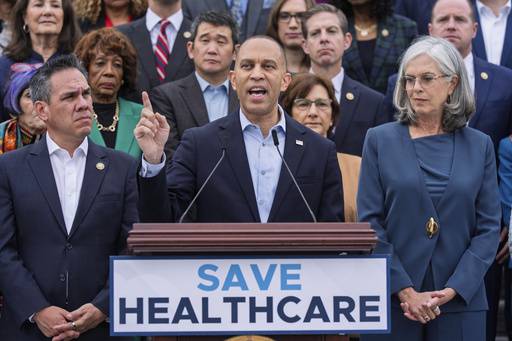
WASHINGTON—Plunged into a government shutdown, the United States is confronting a fresh cycle of uncertainty after President Donald Trump and Congress failed to strike an agreement to keep government programs and services running by Wednesday’s deadline.
Roughly 750,000 federal workers are expected to be furloughed, some potentially fired by the Trump administration. Many offices will be shuttered, perhaps permanently, as Trump vows to “do things that are irreversible, that are bad” as retribution. His deportation agenda is expected to run full speed ahead, while education, environmental and other services sputter. The economic fallout is expected to ripple nationwide.
“We don’t want it to shut down,” Trump said at the White House before the midnight deadline.
Federal funding lapse
But the president, who met privately with congressional leadership this week, appeared unable to negotiate any deal between Democrats and Republicans to prevent that outcome.
This is the third time Trump has presided over a federal funding lapse, the first since his return to the White House this year, in a remarkable record that underscores the polarizing divide over budget priorities and a political climate that rewards hardline positions rather than more traditional compromises.
The Democrats picked this fight, which was unusual for the party that prefers to keep government running, but their voters are eager to challenge the president’s second-term agenda. Democrats are demanding funding for health-care subsidies that are expiring for millions of people under the Affordable Care Act, spiking the costs of insurance premiums nationwide.
No negotiation
Republicans have refused to negotiate for now and have encouraged Trump to steer clear of any talks. After the White House meeting, the president posted a cartoonish fake video mocking the Democratic leadership that was widely viewed as unserious and racist.
What neither side has devised is an easy offramp to prevent what could become a protracted closure. The ramifications are certain to spread beyond the political arena, upending the lives of Americans who rely on the government for benefit payments, work contracts and the various services being thrown into turmoil.
“What the government spends money on is a demonstration of our country’s priorities,” said Rachel Snyderman, a former White House budget official who is the managing director of economic policy at the Bipartisan Policy Center, a think tank in Washington.
Economic jolt
Shutdowns, she said, “only inflict economic cost, fear and confusion across the country.”
An economic jolt could be felt in a matter of days. The government is expected on Friday to produce its monthly jobs report, which may or may not be delivered.
While the financial markets have generally “shrugged” during past shutdowns, according to a Goldman Sachs analysis, this one could be different partly because there are no signs of broader negotiations.
“There are also few good analogies to this week’s potential shutdown,” the analysis said.
Mass firings
Across the government, preparations have been underway. Trump’s Office of Management and Budget, headed by Russ Vought, directed agencies to execute plans for not just furloughs, as are typical during a federal funding lapse, but mass firings of federal workers. It’s part of the Trump administration’s mission, including its Department of Government Efficiency, to shrink the federal government.
The Medicare and Medicaid health-care programs are expected to continue, though staffing shortages could mean delays for some services. The Pentagon would still function. And most employees will stay on the job at the Department of Homeland Security.
But Trump has warned that the administration could focus on programs that are important to Democrats, “cutting vast numbers of people out, cutting things that they like, cutting programs that they like.”
As agencies sort out which workers are essential, or not, Smithsonian museums are expected to stay open at least until Monday. A group of former national park superintendents urged the Trump administration to close the parks to visitors, arguing that poorly staffed parks in a shutdown are a danger to the public.




